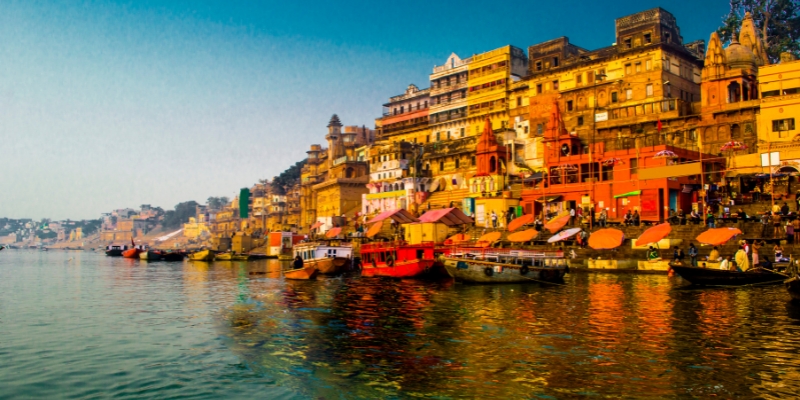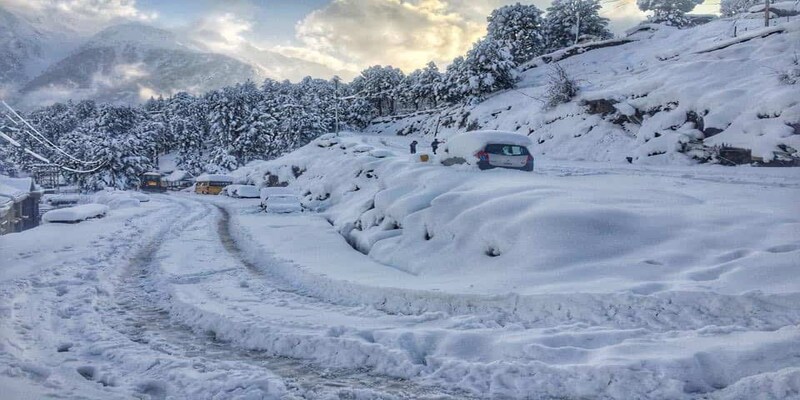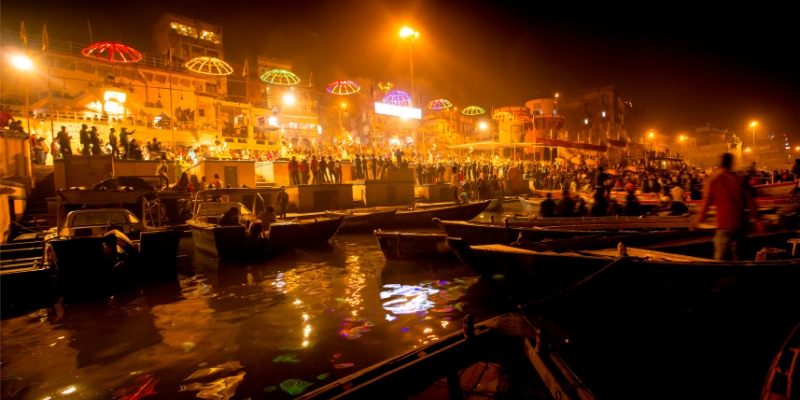Hindus and Ramayana fans revere Sita Samahit Sthal at Varanasi's spiritual core. Here, Lord Rama's consort, Sita, is supposed to have dropped onto Earth. Sita Samahit Sthal is a famous pilgrimage site because of her oneness with the Earth. This essay will help you get to this hallowed location, suggest the ideal times to visit, and give practical recommendations for culturally curious tourists.
Varanasi, India's spiritual capital, is rich in history, mysticism, and devotion. A legendary site like Sita Samahit Sthal should be amid the city's divine spirit. The location attracts Ramayana fans and those seeking a more profound spiritual experience in a city that welcomes pilgrims from all backgrounds.

How to Reach Sita Samahit Sthal:
Given its closeness to well-connected Varanasi, Sita Samahit Sthal is easy to reach. Lal Bahadur Shastri International Airport, which serves domestic and international flights, is closest to Varanasi. The facility may be reached via taxi or public transit from the airport. One of the region's main railway stations, Varanasi Junction, serves the city. Train travel from throughout India is affordable and accessible.
National highways connect Varanasi to road travelers. Varanasi is connected to several Indian cities via government and private buses. After arriving in Varanasi, you may reach Sita Samahit Sthal via autorickshaw, taxi, or rental car. The location is usually a short drive from the city center.
Location and History:
Sita Samahit Sthal is on the Ganges near Varanasi. This site is significant since Varanasi is known for its religious and cultural legacy, and the Ganges is Hinduism's holy river. The peaceful, beautiful place encompasses Ramayana heritage. It may be where Lord Rama encountered Mother Sita for the final time before she departed to Earth, a poignant scene in the epic.
The Ramayana provides the historical setting for Sita Samahit Sthal. The site's connection to the epic connects it to a millennia-old Indian spiritual and narrative tradition. This site's proximity to temples and religious activity makes it an essential destination for anybody interested in India's tales and stories.
Best Time to Visit:
From October to March, Sita Samahit Sthal is best visited in colder weather. The nice weather is perfect for touring the property and its surroundings. The Ganges Riverbanks' rich foliage enhances the site's tranquility.
The place is significant during Ram Navami, Diwali, and other Lord Rama and Sita festivities. Planning your vacation around specific rites and events may be enjoyable. These events may draw more fantastic attendees, so expect a busier environment.
Things to See and Do:
Visitors may experience Sita Samahit Sthal's rich cultural and religious legacy via its attractions and activities. Many temples and shrines revere Lord Rama, Sita, and other deities. Exploring these temples and seeing the priests perform rites and prayers may be spiritually fulfilling.
The site's Ganges background makes it a lovely place to meditate and ponder. Many tourists seek spiritual tranquility here. Serenity is enhanced by the Ganges riverbanks' slow-moving waters reflecting the changing heavens.

Cultural Significance and Rituals:
Hindu mythology's most treasured epic, the Ramayana, frames Sita Samahit Sthal's cultural importance. This place symbolizes the return of Sita, the goddess of Earth, to heaven. The ceremony here shows the passion and reverence for this narrative. Pilgrims and guests may hear holy texts, light candles, and pray for Rama and Sita.
These rituals let visitors connect with the site's culture and spirit. The rituals are open to visitors, but they should be courteous and follow local norms. The site's spiritual aura and worshippers' zeal create a serene and holy setting. Talking to the priests and local devotees may help visitors understand the site's importance and relation to the Ramayana.
Accommodations and Dining:
Because of its pilgrimage and cultural importance, Varanasi has a variety of lodgings for all budgets. Many city hotels, guesthouses, and ashrams provide pleasant accommodations and cultural experiences. Staying near Sita Samahit Sthal is convenient.
Varanasi is famous for its food. Indian cuisine and local specialties are available at restaurants and cafes. The tastes of Varanasi's street food, sweets, and traditional cuisines may thrill food lovers. You should be careful about cleanliness and choose restaurants with strong food safety standards.
Practical Tips for Travelers:
Any trip to a religious location requires modest clothes and covering shoulders and legs. Removal of shoes is also traditional before visiting temples. Photography is usually allowed, but remember to seek permission and respect local devotees' privacy during ceremonies. Attend rituals from a respectable distance and follow the priests.
Varanasi, like many Indian pilgrimage sites, may become congested, so expect busy streets and different people. Travelers should be open-minded and respectful toward local cultures. Talking to priests and devotees may help visitors comprehend the site's importance and role in their spiritual life.
Preservation and Conservation:
Local government, religious organizations, and the community must preserve Sita Samahit Sthal. Preservation of the site's history and culture is a priority. Respecting the environment and keeping the location clean helps promote responsible tourism. Littering and site degradation may upset the delicate balance between cultural preservation and visitor accessibility.
Buying souvenirs and crafts from local shops and artists helps preserve the place and the community's livelihood. By following these steps, travelers may help preserve this important site for future generations.
Conclusion:
Sita Samahit Sthal combines spirituality and history to reveal one of Hinduism's most treasured stories. Its central position in Varanasi, one of India's holiest cities, enhances its cultural value. Visitors may explore the Ramayana and Varanasi's spirituality at this place.
The ideal time to visit Sita Samahit Sthal, how to get there, and travel suggestions are covered in this article. It encourages anyone interested in Indian mythology and spirituality to travel between the earthly and the celestial as Mother Sita did.







